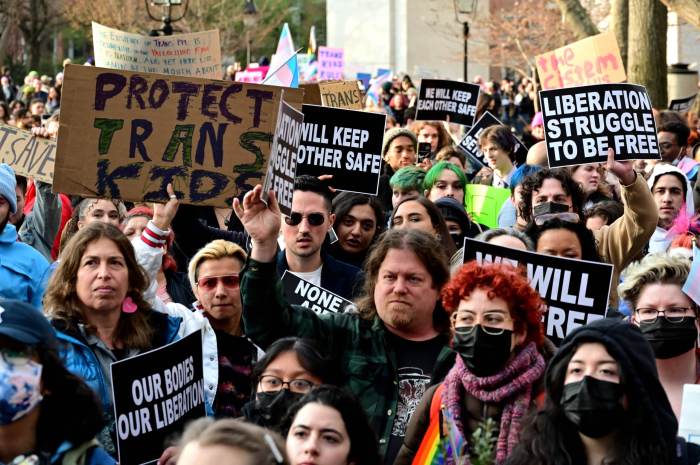When Przewalski horses galloped across the steppe in Mongolia’s Gobi desert in 1992, it was a sight that hadn’t been seen since the 1960s.
That a few hundred of the world’s only remaining true wild horses now roam their native Mongolia again is partly thanks to dedicated work by conservationists at zoos in several European countries.
“They are doing very, very well. This is an example where zoos have really made a difference,” says Dr. Gerald Dick, director of The World Association of Zoos and Aquariums (WAZA), based in Geneva.
He has co-written a book, Building a Future for Wildlife, highlighting 25 similar success stories where animals have made comebacks in their natural habitat thanks to breeding and reintroduction programs at zoos and aquariums around the world.
“Sometimes this is the only option you have to save a species, at least for some time while you’re hoping that nature will change,” he says.
Urgently in danger today are many of the world’s frogs and amphibians. Almost a third are at the risk of extinction.
“The amphibians are a really important task that we have taken on,” says Dick. Zoos and aquariums are naturally in a good position to work for conservation because of their access to animals and expertise in how to take care of them.
But also very important is their access to the public.
“About 600 million people worldwide visit zoos every year, we can directly inform them and educate them. One of our main functions is to inform people, bring awareness and also make politicians aware of these issues,” says Dick.
















